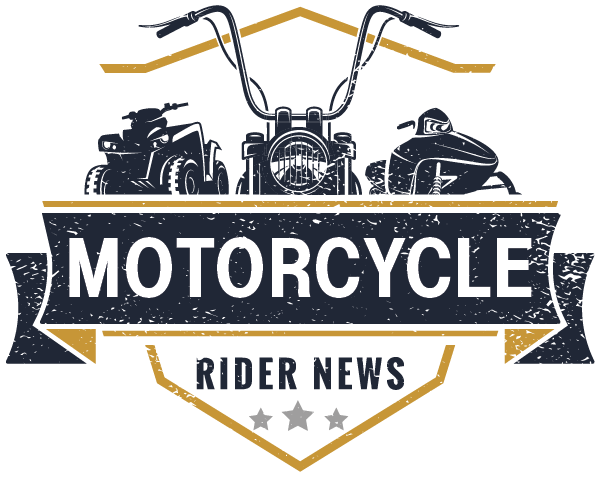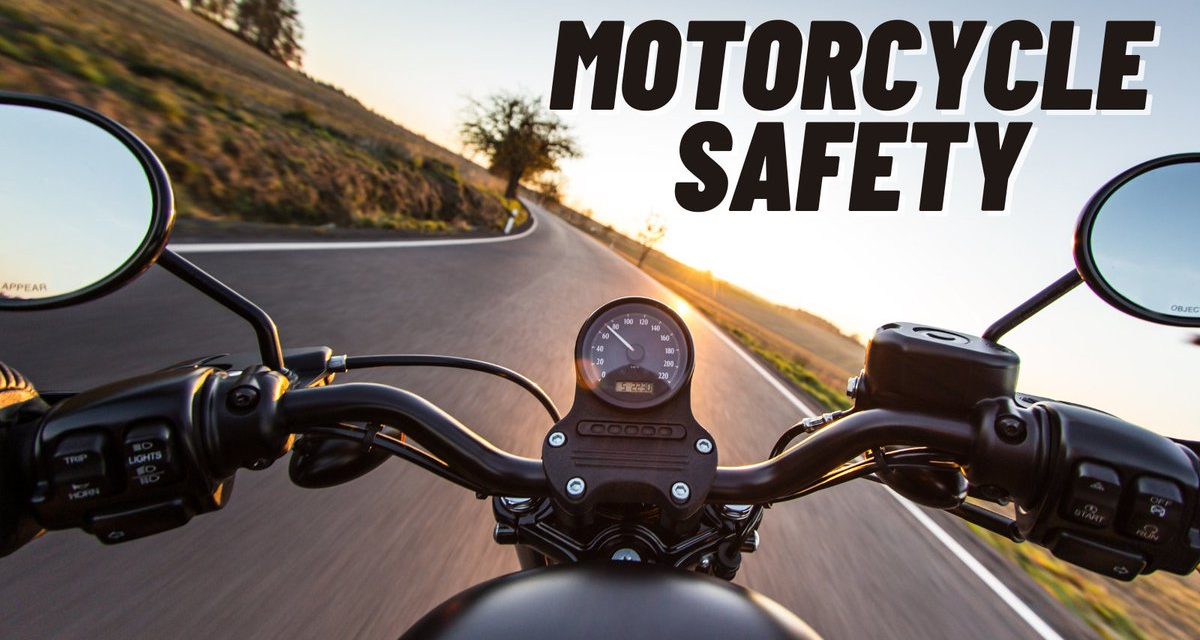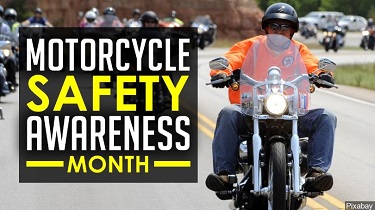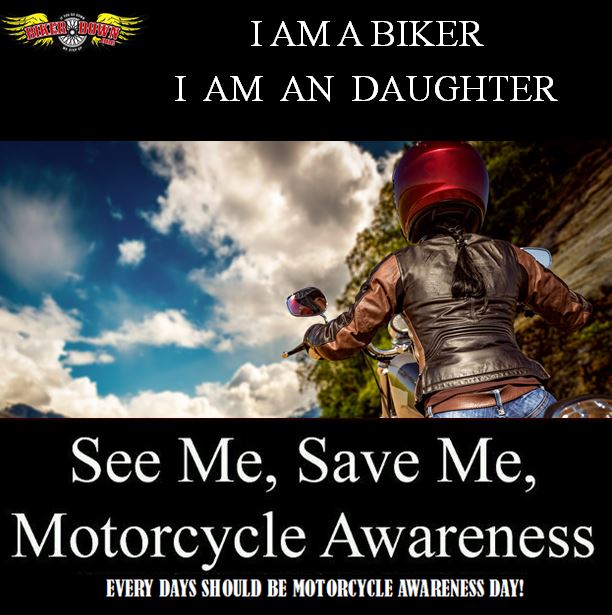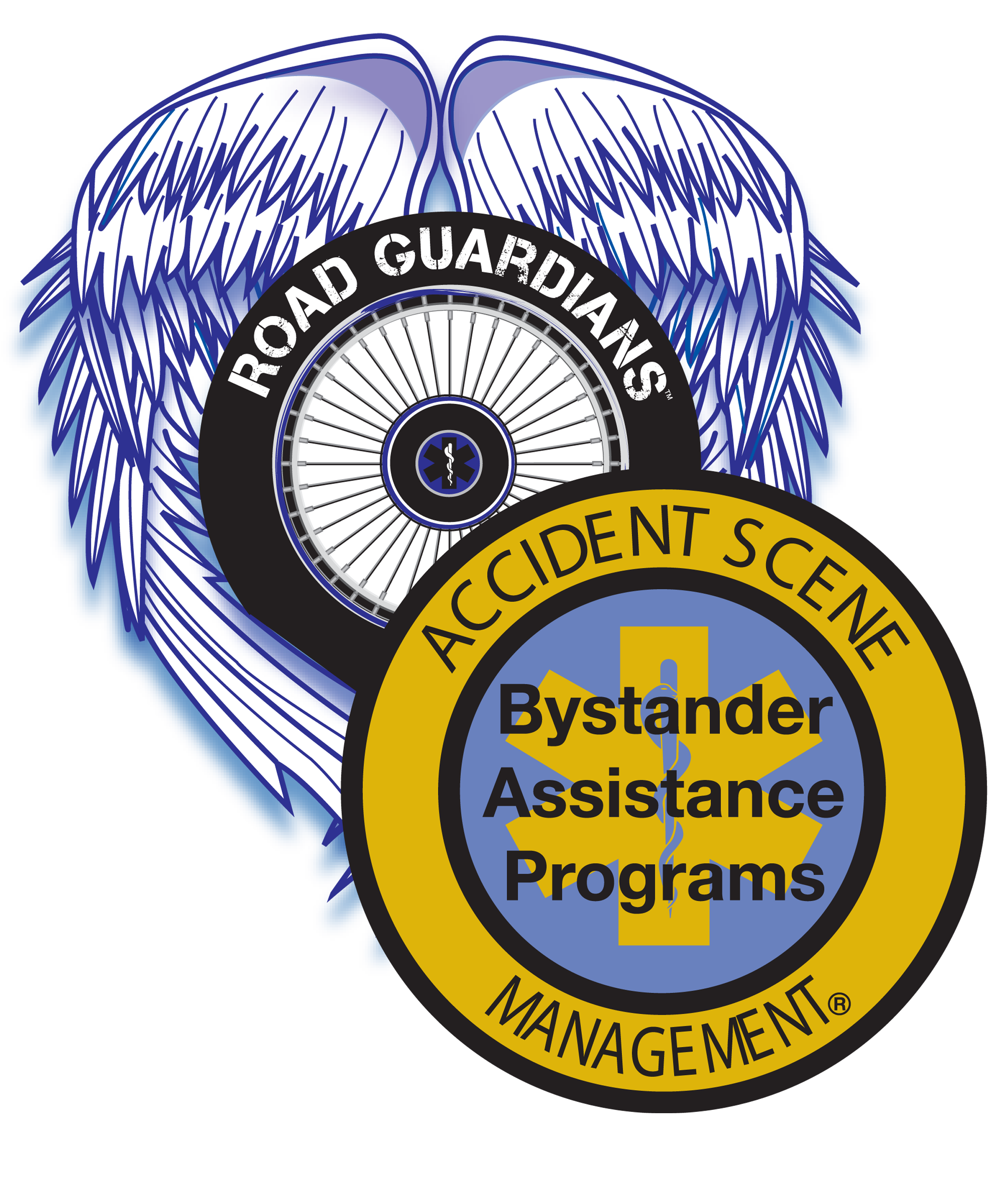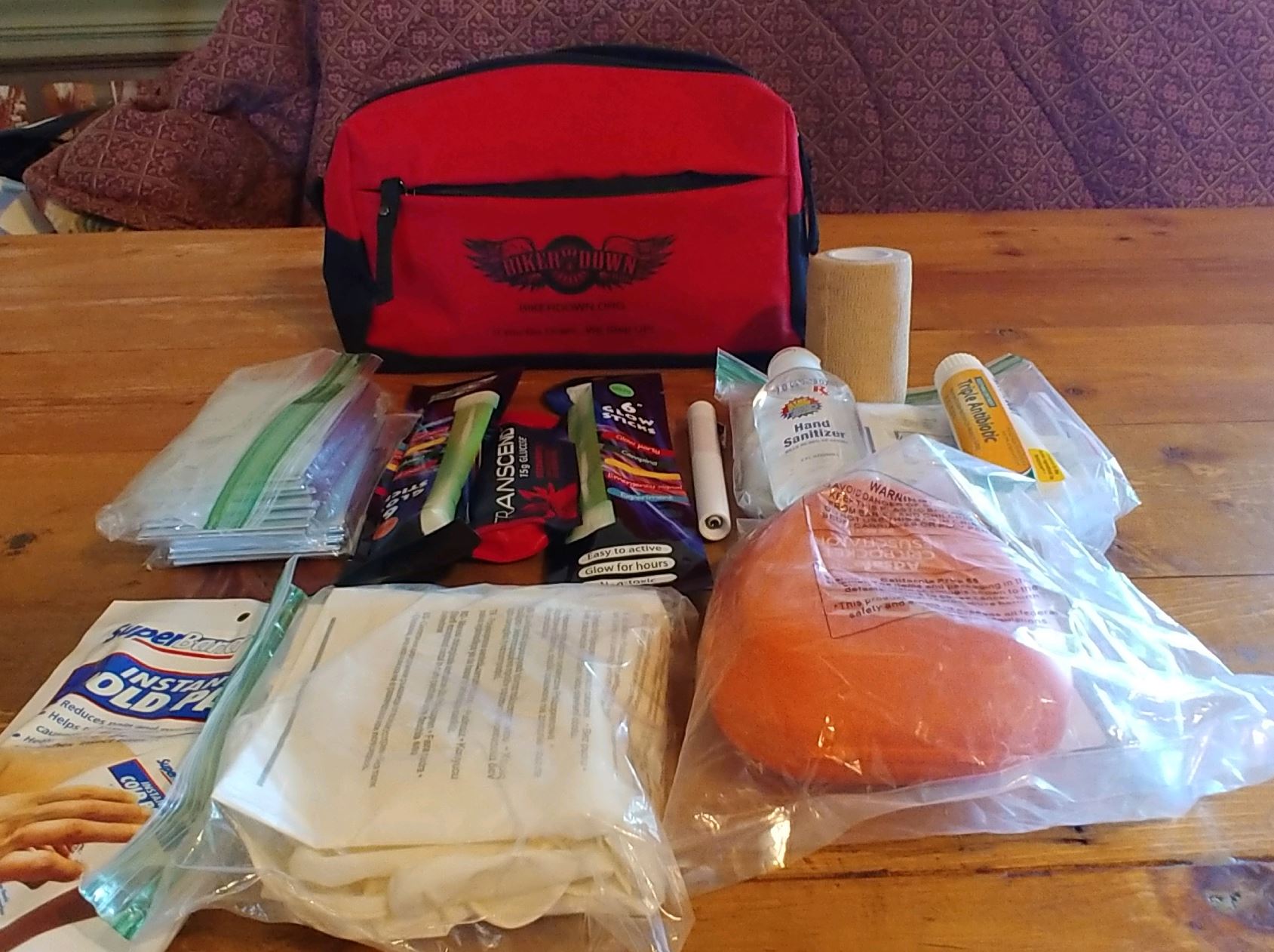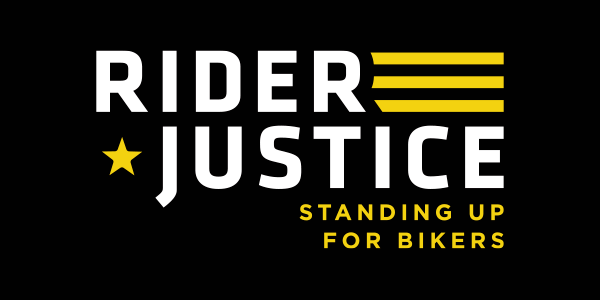JANUARY 14, 2022 BY LAURIE MONTOYA LEAVE A COMMENT
For several years, the tagline Watch for Motorcycles or Look Twice Save a Life really hasn’t had the punch that we riders would hope for. The biker community continues to be injured in epidemic numbers. In 2021, the State of Florida had over 5k accidents and over 500 fatalities. Colorado and Nevada during a pandemic saw a 33% increase in motorcycle accidents and fatalities. This is no longer a local issue, but a national problem that requires motorcycle riders to take a different approach, which is to BE READY and INFORMED.
Today we will talk about 3 topics
- Trauma kits versus First Aid Kits
- Accident Scene Managment Safety classes
- Motorcycle Insurance and why the cheap becomes expensive.
Trauma Kits versus First Aid Kits

At first glance, it might be easy to confuse a trauma kit with a first aid kit. Both are bags full of medical supplies. And they may even carry some of the same equipment. So to understand the difference, you must look at the underlying focus of each type of medical kit.
First off, a first aid kit is designed to treat basic, superficial wounds that people suffer every day. They help with injuries such as small cuts, scrapes, and stings that don’t require a hospital or a doctor. These are the type of injuries most often treated with a first aid kit. Most first aid kits include bandages, burn cream, antiseptic, and over-the-counter medications
On the other hand, a trauma kit is designed to treat severe, life-threatening injuries long enough to treat the injured until paramedics or EMTs can arrive on the scene.
We’re talking about life-threatening injuries from situations such as car or motorcycle accidents. Tragic events when getting someone stabilized and transported to an emergency room is of the utmost importance. In such situations, most over-the-counter first aid kits are not nearly enough, and a trauma kit is best.

Now, it’s important to keep in mind that the primary focus of a trauma kit is to save lives. This means they often forgo items that might alleviate a victim’s temporary discomfort and pain. Why? Because these items are considered secondary to keeping them alive.
It’s a bag full of life-saving tools designed to keep someone’s vital functions working.
Trauma kits on your bike can be vital to stabilizing an injured rider until medical assistance can arrive. Trauma kits can be purchased for a reasonable amount given the care they can provide to render aid. If you are interested in getting a trauma kit, there are some motorcycle organizations that can help you get the trauma kit you need.
If you are interested in making the PLEDGE today to have this life-saving item on your bike, BikerDown Foundation offers riders a fully loaded trauma kit that will fit easily on your motorcycle – click here. You can also contact RoadGuardians (ASM) also offers a fanny pack trauma kit – click here
Accident Scene Management Classes


For 10 years, BikerDown Foundation with the help of RiderJustice, Full Throttle Law, and other sponsors has sponsored Accident Scene Management Basic (ASM) and Advanced classes to give motorcycle riders basic training. ASM has trained nearly 40,000 motorcycle riders through the expertise of its instructors. ASM is the largest motorcycle trauma training organization in the world and classes can be done in-person or online.


The basic 100 series class teaches you what to do in the first 5-30 minutes after a crash until professional help arrives. Some of the topics you will learn are helmet removal (many believe you don’t do that, but what if the rider isn’t breathing and needs CPR?), securing the scene, rescue breathing, moving the injured rider, controlling bleeding, and much much more.

Good Samaritan Law

Legal concerns can come up at the scene of an accident. Questions on legal issues come up in our basic and advanced classes, and there is a part of our instruction that deals with this. Many students ask me, “If I help someone at the scene of an accident, will I get sued successfully?” Fortunately, in most states, there are statutes that legally shield you from liability. In Colorado, we have Revised Statute 13-21-108. This is the Colorado Good Samaritan Law. In Nevada, there is NRS 41.500. The statutes in both states say that you are shielded from legal liability when rendering aid at the scene of an emergency or accident. There are some things you have to remember for this to apply. First, the person you are helping is not a person you are required to treat, and you are not there being compensated as part of your job. For example, Paramedics responding to the scene are not covered as it is their duty to respond and treat them. Volunteers on a rescue squad are protected from liability even though they have to react as they volunteer.
Second, if you act in good faith and do not do something completely negligent, you are protected under the Good Samaritan Law. There is a scene in a funny movie where a woman performs a minor surgical procedure on someone she believes is choking. She has never been trained to do this and only saw the procedure performed on a television show. This woman would not be shielded from liability. For the record, we do not teach minor surgical procedures in Accident Scene Management, not even the advanced class.
Motorcycle Insurance and what that really means after an Accident

Insurance coverages/Reviews – Bike insurance, 2nd to safety gear, motorcycle insurance is the most essential item you can have for your bike. It outranks 85.00 Harley-Davidson shirts, cool chrome accessories, jackets, and rain gear….it outranks everything. Without good bike insurance and add ons such as under-insured or uninsured motorists, the injured riders will be surprised how un-insured they are and what the current bike insurance covers. RiderJustice.com, Full Throttle Law, Upstate Biker Lawyer, and Two-Wheel Attorneys has always offered any biker a FREE insurance review to discuss what your existing insurance covers. In Colorado at the Colorado Motorcycle Expo, be sure to stop by the Rider Justice booth in February and get their suggested levels of insurance to keep you covered in the event of an accident.
At the scene of a motorcycle crash:
- Do not move your bike from where it landed after the impact.
- Take pictures of the entire scene, including your bike, the car, the intersection and debris.
- Get contact information from any witnesses.
- Take videos of witnesses explaining what they saw.
- Take a picture of the other driver’s insurance card.
- Make sure a police officer comes to the scene and files a report. (Never, ever, ever exchange insurance information with the other driver and leave the scene. You need that police report.)
Motorcycle Awareness begins with US, the motorcycle rider.
So in the event of an accident, having these 3 things in your arsenal will not only protect you and help you recover, but also help you help others. We must take control of our ride, in the event of an accident that trauma kit, ASM Basic class that you took, and the right kind of insurance, can actually help you SAVE LIVES of a friend, family member or complete stranger on a ride.
